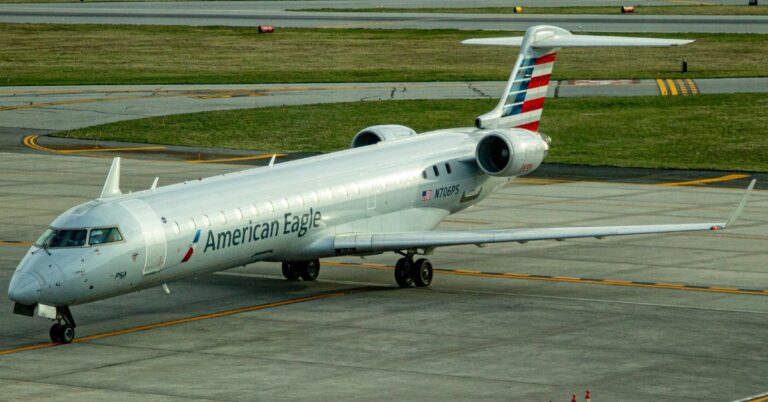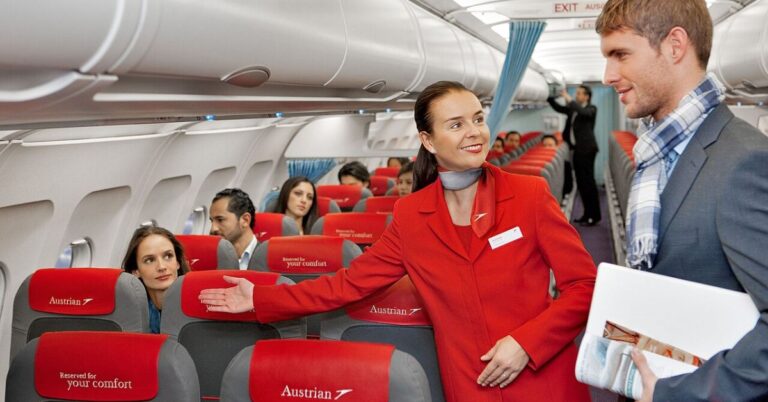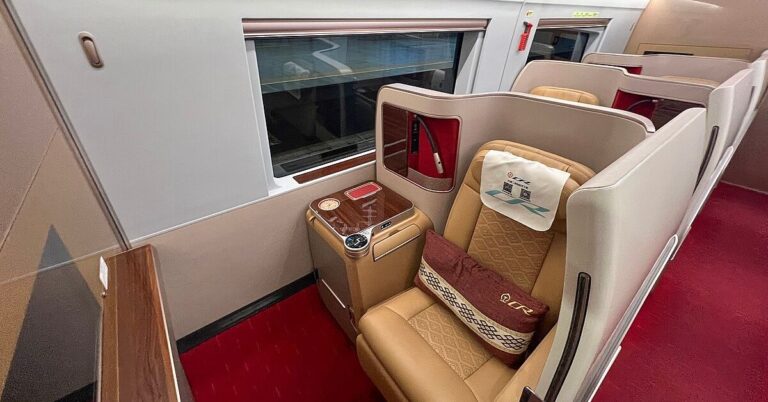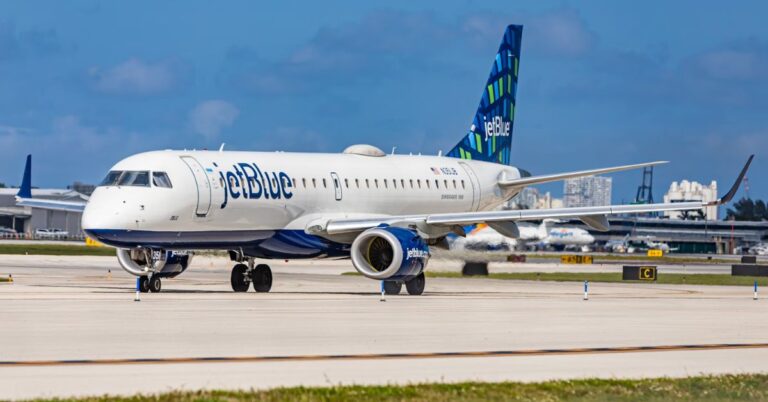25 Realities Of Working As A Flight Attendant

Before takeoff, the crew is already prepared for what’s ahead. While passengers scramble to find space in the overhead bins, flight attendants are mentally going through a checklist that’s much more intense than it appears. It’s not all about glamour—it’s about the hard work behind the scenes. So, let’s take a closer look at what really goes on behind the scenes in the life of a flight attendant.
The Training Includes Safety Protocols
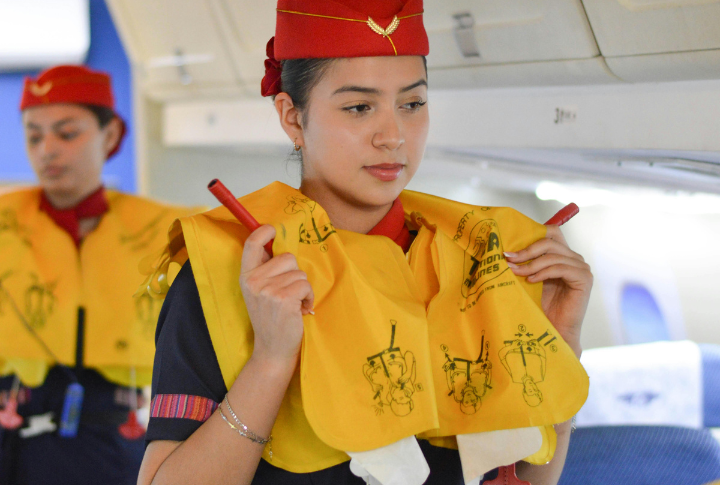
Safety is the highest priority for flight attendants, and they train for it relentlessly. We’re talking about everything from emergency landings to medical emergencies. They’re prepared for any scenario, even the ones you hope never happen. You might be surprised at how much is packed into their lessons.
Flight Attendants Memorize Aircraft Layouts
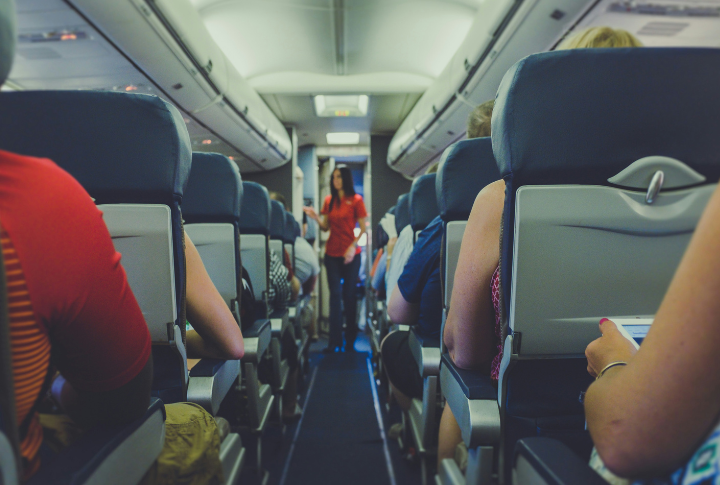
Ever wondered how flight attendants always seem to know exactly where to go on a packed plane? They memorize every inch of the aircraft. It’s not just about knowing where the exits are or what’s in the emergency kit—it’s all part of the guidelines they follow to ensure they’re ready to spring into action when needed.
Service Training Prepares Them For Difficult Passengers

Handling difficult passengers is just part of the job, and flight attendants are trained to manage it with ease. Whether it’s a request for extra pillows or a disagreement over the window shade, they have diplomatic strategies to resolve the situation. Thanks to their training, they stay calm and ensure everyone remains comfortable throughout the flight.
The Crew Must Pass Fitness Tests

It’s not all about wearing the uniform; being fit is a must. Air hosts have to meet specific fitness standards and are often required to pass initial tests. This isn’t just to look good—it’s about physical readiness for the demands of the job, like cabin pressure management and assisting passengers in times of emergencies.
Pre-Flight Briefings Coordinate Emergency Plans
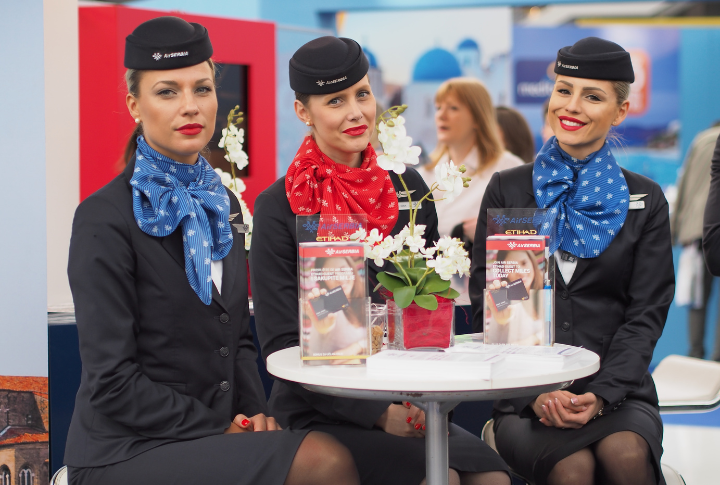
Before every flight, a quick briefing makes sure everyone is on the same page. It’s not just about discussing the route—it’s a chance to review emergency procedures and coordinate responses to any potential issues. This ensures that every flight runs smoothly, no matter what unexpected challenges may arise.
International Flight Attendants Sometimes Must Relocate
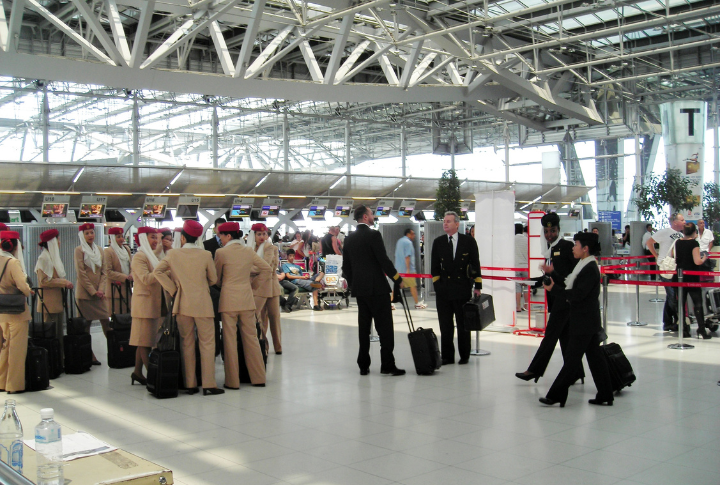
Want to work for an international airline? Well, pack your bags! Some airlines, like Emirates, require flight attendants to relocate to their operational hub. That means you might end up living in places like Dubai or Doha. It’s all about being where the airline operates or the flight route commences from most frequently.
Unpaid Time On The Ground For Flight Attendants
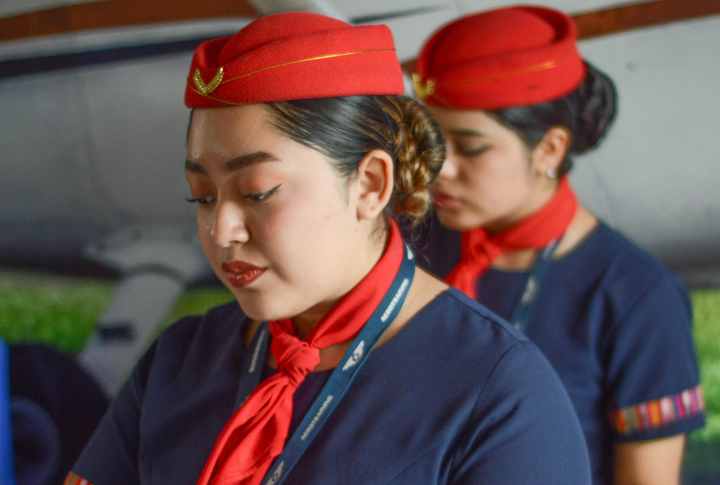
Flight attendants typically only get paid when the aircraft doors close. Time spent on the ground, including boarding, is often unpaid. Some airlines, like Delta, pay for boarding at half the hourly rate, but many others do not compensate for critical tasks, which has sparked discussions among unions seeking fairer pay during all work hours.
Flight Attendants Work Back-To-Back Flights
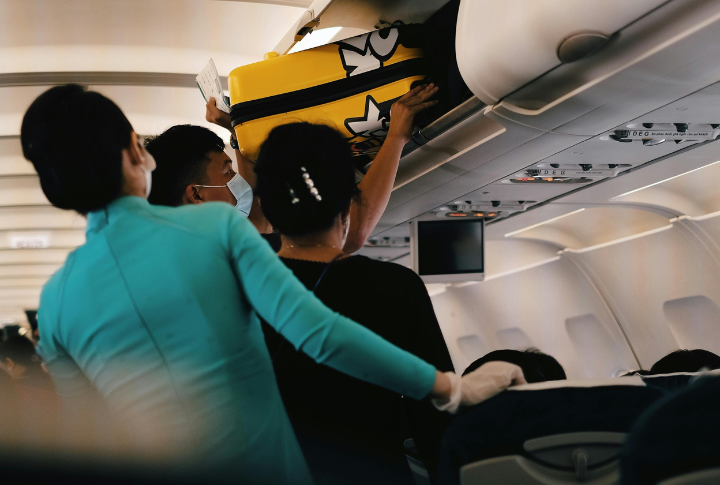
Flight attendants rarely get much time to rest between flights. It’s common for them to have back-to-back trips with only short breaks in between, similar to the schedules of hospital staff. It’s a tough job, especially after long-haul flights, but they handle it all while maintaining a calm and composed demeanor.
Airline Policies Require Behavior Assessment
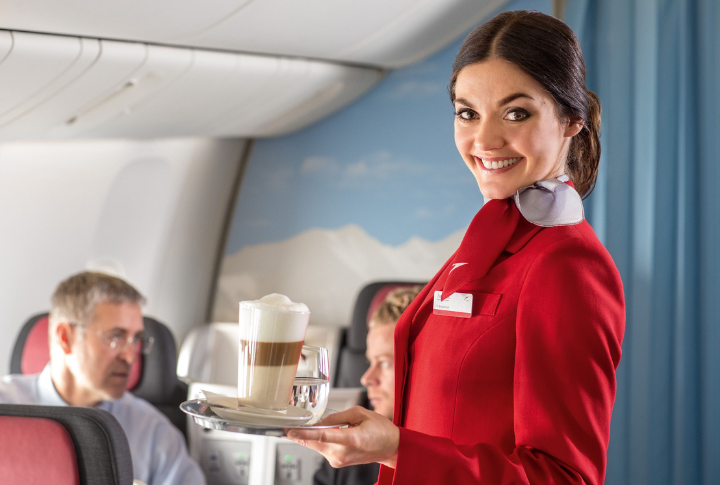
Ever wonder why some crew members seem to have a “certain vibe”? Airlines actually assess their steward’s behavior to ensure they match the brand’s image. These assessments cover customer service and how they interact with people outside of work. It’s a huge part of being on the team.
Crew Use Secret Codes For Communication

Next time you hear flight attendants talking in codes, don’t assume it’s just casual chatter. They use a set of codes to communicate about things like passenger behavior or cabin issues. This allows them to handle situations discreetly and efficiently without raising alarms or drawing attention in the close quarters of an airplane.
Precise Routines For Food And Beverage Service
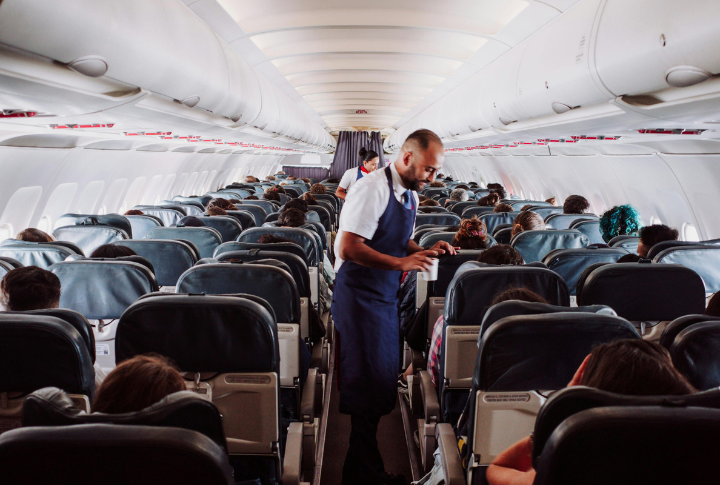
Stewards are always on the move, serving food and drinks with precision. It’s not a free-for-all; routines dictate every move with calculations so that the service runs smoothly. From when they approach the aisle to how they manage the drinks cart, there’s a well-practiced system behind every service move.
Passenger Requests Based On Safety Priorities
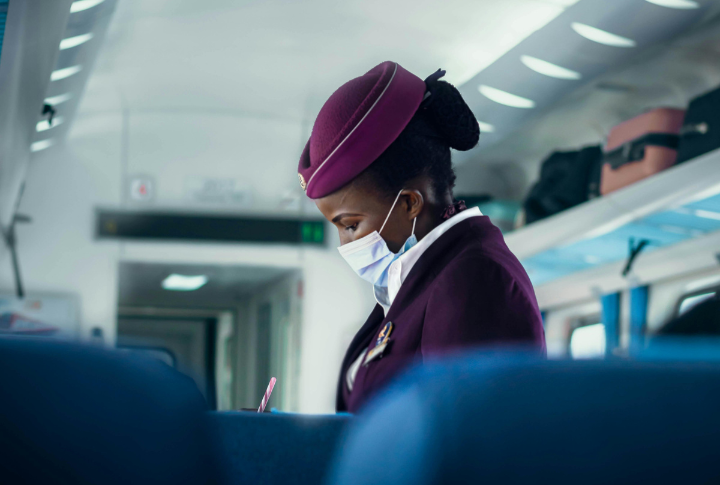
Need a pillow or some water? Air hosts consider safety first before responding to your requests. If something comes up, like a landing or an emergency, they prioritize those. While comfort is important, when safety is at stake, service may be delayed or paused to ensure the well-being of both passengers and the crew.
Turbulence Protocols Dictate Service Interruptions
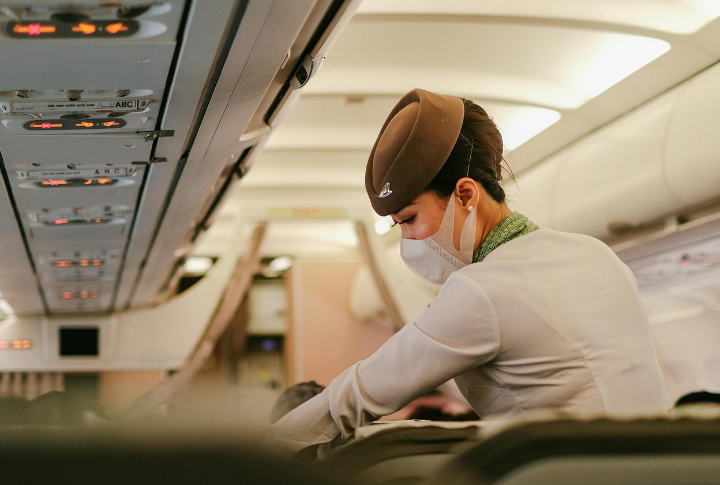
Imagine sipping your drink, only for it to be taken away. That’s due to turbulence protocols. When the air gets rough, the crew members pause service so that everything stays secure. If the seatbelt sign lights up, they’re focused on your safety, so don’t expect any refreshments at that time.
Social Media Restrictions Limit Flight Attendant Posts

It might seem like flight attendants are always posting vacation photos, but that’s not usually the case. Airlines have strict rules about social media use, limiting what flight attendants can share. They’re expected to keep things professional, avoiding personal or behind-the-scenes posts to respect privacy and adhere to company guidelines.
Lavatory Checks For Safety And Hygiene
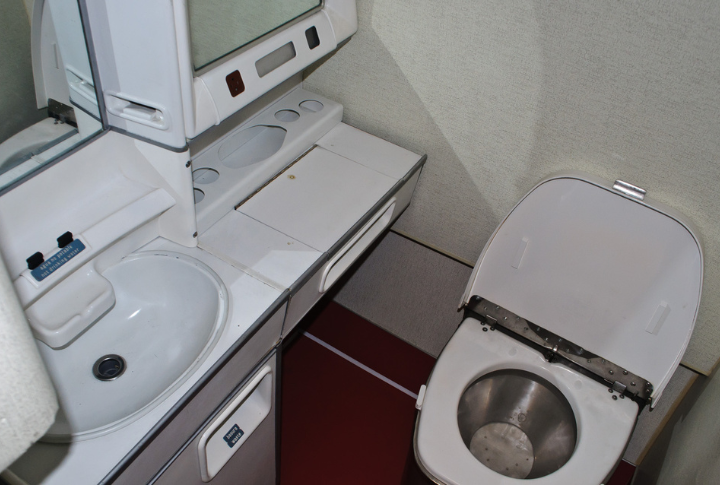
If you think flight attendants are only in the aisles handing out drinks, think again. They also check the lavatories throughout the flight. Hygiene and safety are key. They make sure the space stays clean and functional for the sake of the passengers, so don’t be surprised if they perform these checks often.
Flight Attendants Control Cabin Temperature
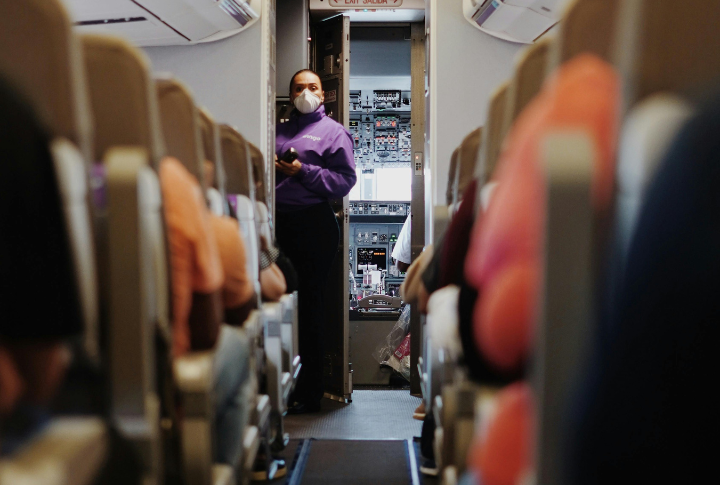
Feeling too warm or cold on the plane? It’s the flight attendants who manage the temperature. They adjust the cabin’s climate throughout the flight in an attempt to keep things comfortable. It’s not as easy as turning a dial—they’re constantly checking to balance the air to accommodate the diverse needs of passengers.
Flight Attendants Cannot Accept Tips
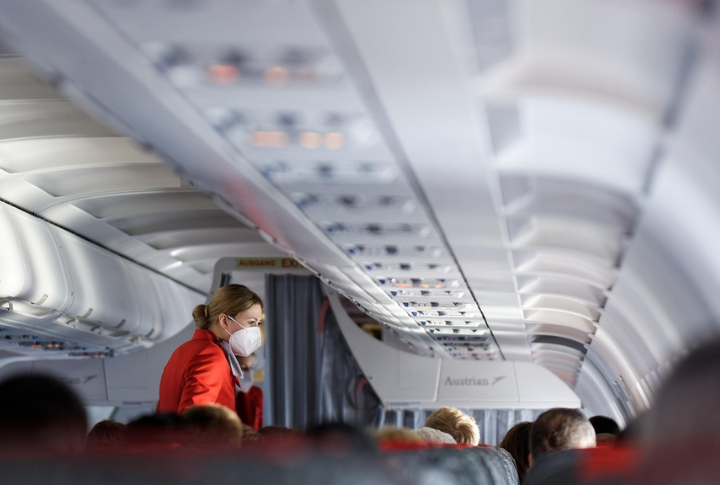
You can thank a crew member for exceptional service, but don’t expect them to accept a tip. Airline policies forbid it. They’re not working for tips like restaurant servers, even though they are part of the hospitality industry. Their salary is set, so even if you’re impressed by their service, they’re trained to decline any extra gratuity.
Landing Procedures Require Secured Cabin

Before landing, flight attendants perform a final cabin check to ensure everything is securely in place, including overhead bins. Your tray tables and seats are not overlooked. This is done to make sure the cabin is orderly and all items are properly stowed, helping to prevent injuries when the plane lands.
Minimum Height Requirement For Flight Attendants

You might be surprised to learn that cabin crew members have a height requirement. Most airlines set a minimum height of 4’11” or require a 212cm arm reach to ensure they can access overhead compartments and safety equipment. This protocol is designed so they can carry out all duties, from safety checks to emergency procedures, efficiently.
Cabin Crew Perform Lost Item Checks
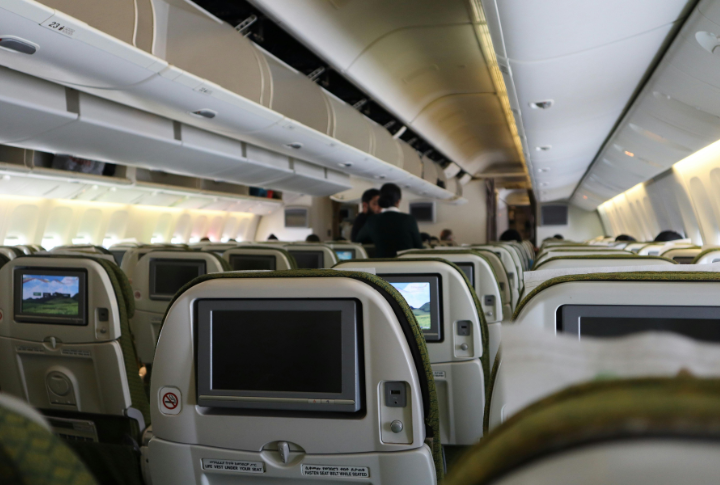
Have you ever lost your jacket or book on a flight? It happens all the time. After every flight, air hosts conduct a thorough sweep to make sure nothing’s left behind. They check each seat, not just the overhead bins and the lavatories. This guarantees that passengers don’t leave behind their belongings in the rush to exit.
Stereotypes Of Promiscuity Still Affect Flight Attendants
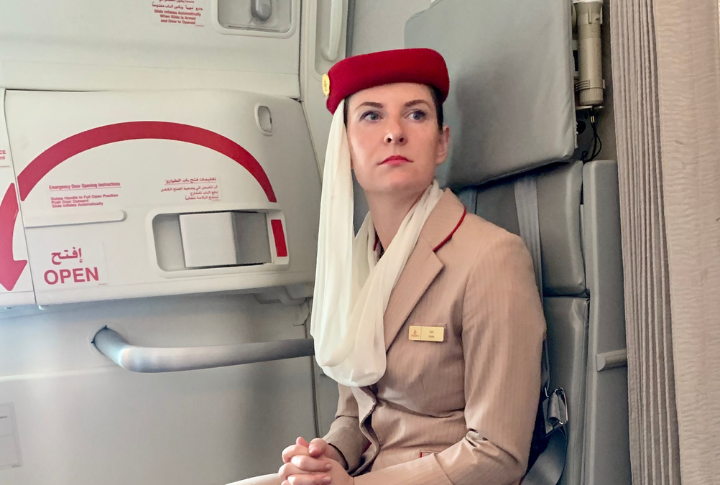
Flight attendants have long been subjected to stereotypes, one of the most damaging being the assumption of promiscuity. Despite the highly professional nature of the job, outdated tropes continue to linger, which denotes how society perceives the role. These misconceptions not only undermine the dignity of the profession but also create personal challenges.
They Learn Security Threat Protocols
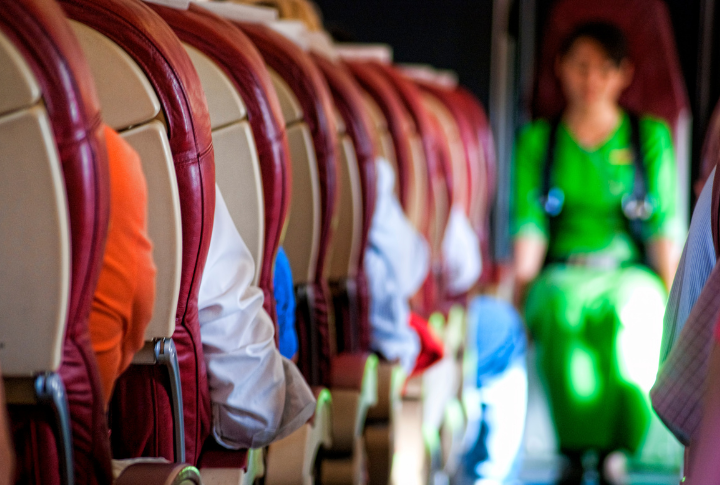
When it comes to the protection of the passengers, the crew is the first line of defense. They receive detailed guidelines to manage potential security threats, including disruptions and emergencies. It’s their responsibility to stay alert and prepared, ensuring that everyone remains safe, no matter the situation.
Identifying Human Trafficking Signs

The ability to spot human trafficking isn’t something most people are trained for, but air hosts are. They’re equipped with the knowledge to recognize signs of this and work closely with authorities when needed. It’s a tough part of the job, but they make a real difference in keeping vulnerable people safe.
Flight Attendants Ranked 8th For Job Health Risks
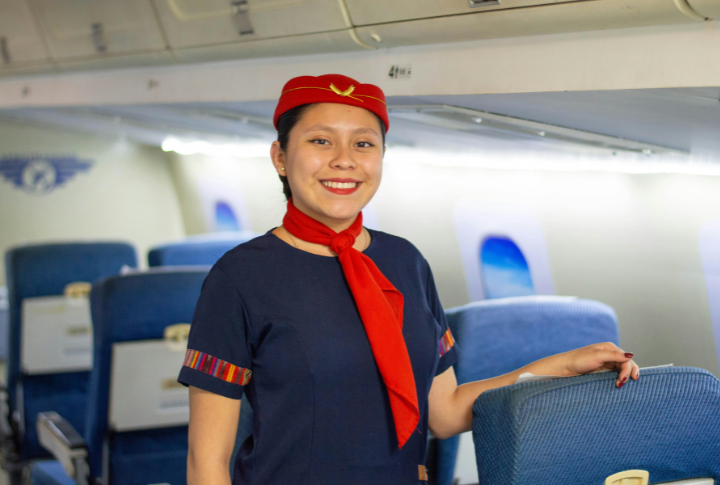
Flying may seem glamorous, but it’s not all smooth skies. Cabin crew members rank 8th among jobs that negatively impact health. Long hours, exposure to radiation, and constant jet lag all take a toll. Add to that the closed quarters of a plane, where germs spread quickly, and it’s no surprise considering the demands of their job.
Spending Days Away From Family
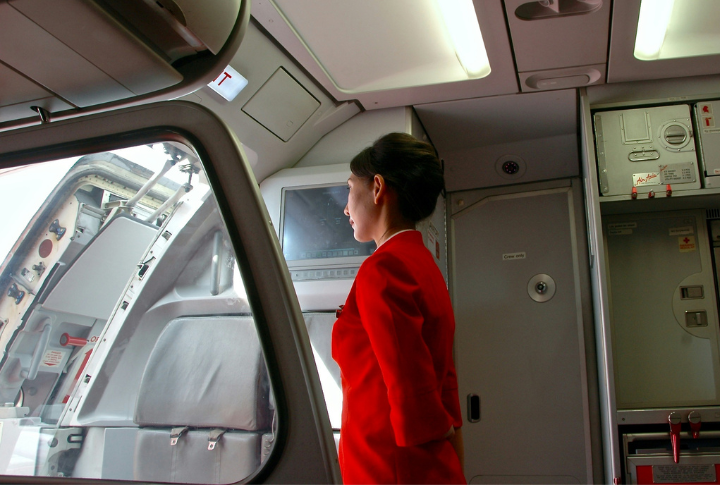
Imagine missing out on family events because of your job—well, that’s a reality for air hosts. Their schedules require days away from home, and family time isn’t always a given. While they love their work, it is a difficult task to manage it with their personal lives, and it can be a real challenge for work-life balance.


